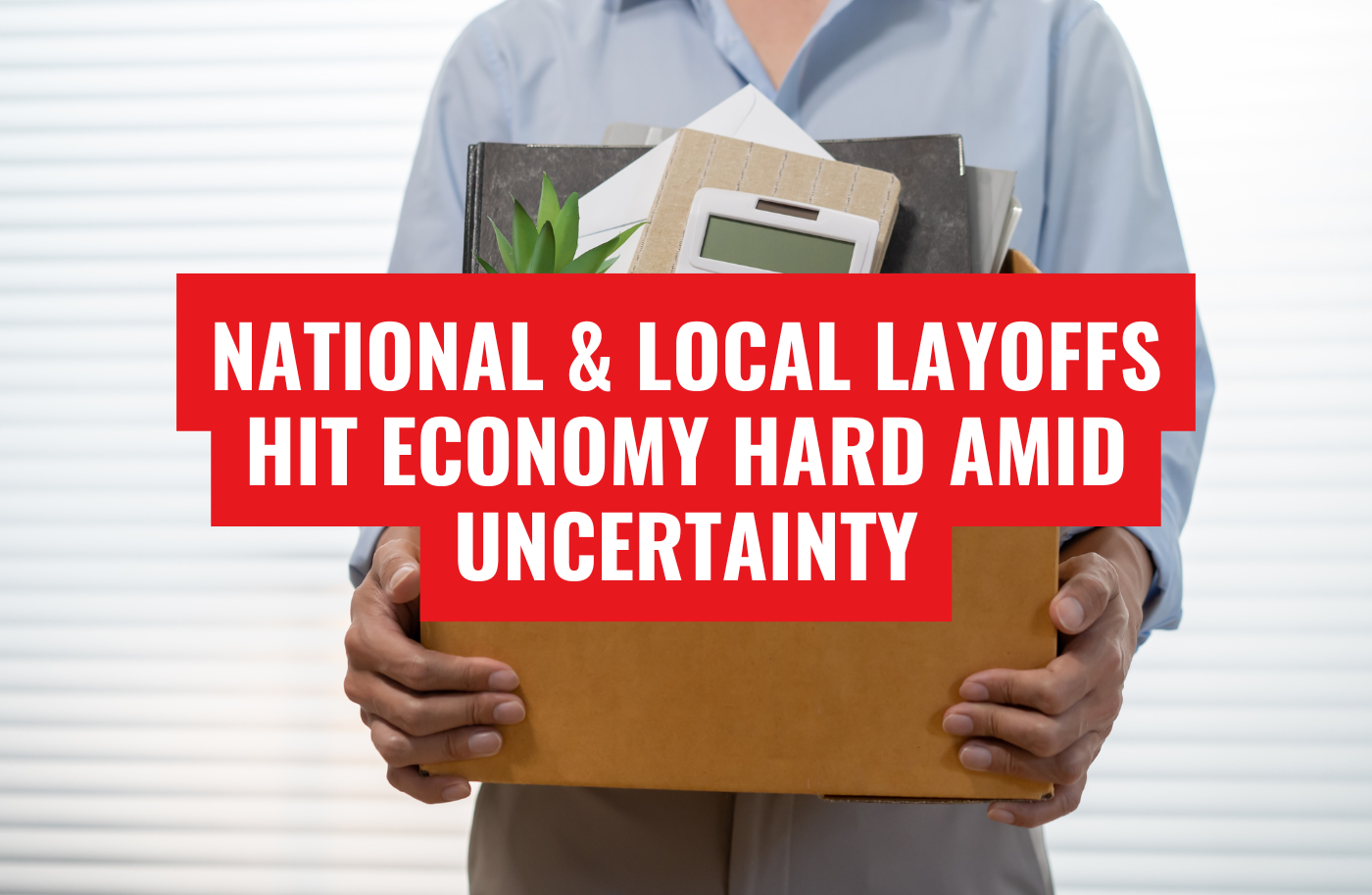Wave of Layoffs Sweeps Across US Amid Economic Pressures in 2025

In a challenging economic landscape marked by rising operational costs and technological shifts, businesses nationwide have announced significant workforce reductions throughout 2025. These layoffs, totaling over 946,000 job cuts through September alone, reflect broader trends in sectors like technology, retail, and manufacturing. As companies adapt to automation and supply chain disruptions, the human cost is mounting, particularly when compounded by federal policy challenges such as the ongoing government shutdown and reductions in Supplemental Nutrition Assistance Program (SNAP) benefits.
Nationally, October 2025 has seen a surge in announcements from major corporations aiming to streamline operations. Amazon leads the pack with plans to eliminate between 14,000 and 30,000 corporate positions, focusing on efficiency amid competitive pressures in e-commerce and cloud services. General Motors followed suit, releasing more than 200 salaried employees, primarily in engineering roles, as part of cost-cutting measures in the automotive industry. Other prominent firms include UPS, Target, Nestlé, Lufthansa Group, and Novo Nordisk, each disclosing mass reductions affecting thousands in retail, logistics, and consumer goods. Earlier in the year, companies like Starbucks, Meta, Microsoft, Nike, and Ford also trimmed staff, contributing to an overall tally of 176,532 tech-sector layoffs alone in 2025. These moves often target white-collar roles, exacerbating job market instability for skilled professionals.
Closer to home in North Alabama, the region has not been spared from this downturn. Huntsville and surrounding areas, known for their concentration in aerospace, defense, and manufacturing, face localized impacts that ripple through communities. According to state records, Alabama has recorded over 3,100 mass layoffs in 2025, with industries from retail to transportation bearing the brunt. In Huntsville, AT&T initiated reductions affecting 73 employees starting in September, primarily in technical and support roles. Further east in DeKalb County, Renfro Brands has confirmed plans to halt production at its Fort Payne facility, a move that follows earlier workforce adjustments and signals a consolidation of operations to Tennessee. While the company intends to retain warehousing and distribution in the area, the production shutdown affects local manufacturing jobs that have been a staple in Fort Payne for years. Other notable regional actions include Averitt Express's layoff of 193 workers and various plant closures reported through Alabama's Worker Adjustment and Retraining Notification (WARN) system, spanning from December 2024 into early 2025.
These employment disruptions are amplified by federal-level uncertainties. The U.S. government shutdown, which began on October 1, 2025, has now extended into its 29th day, leaving hundreds of thousands of federal employees furloughed or working without pay. In North Alabama, this hits hard at sites like Redstone Arsenal and NASA facilities in Huntsville, where delayed paychecks strain household budgets and local businesses reliant on federal spending. A federal judge has extended an order preventing certain firings during the impasse, but the prolonged stalemate continues to disrupt services and economic activity.
Adding to the strain are impending changes to SNAP benefits under recent legislative measures, including the One Big Beautiful Bill Act of 2025. These adjustments are projected to reduce federal spending by $186 billion over the next decade, potentially cutting assistance for up to 4 million people monthly once fully implemented. The shutdown has further jeopardized SNAP funding, with states facing shortfalls that could limit $8 billion in monthly aid. Economists warn that these reductions not only heighten food insecurity but also create broader ripple effects, potentially costing 388,000 jobs, $20 billion in wages, and $4.5 billion in tax revenue nationwide. In low-income areas of North Alabama, where SNAP supports essential nutrition, the combined loss of jobs and benefits could deepen poverty cycles and slow regional recovery.
The convergence of these factors—widespread layoffs, a persistent shutdown, and SNAP curtailments—poses substantial hurdles for both local and national economies. Businesses in Huntsville and beyond may see reduced consumer spending, while families grapple with financial instability. As policymakers seek resolutions, stakeholders emphasize the need for supportive measures to bolster workforce retraining and economic resilience in affected communities.
